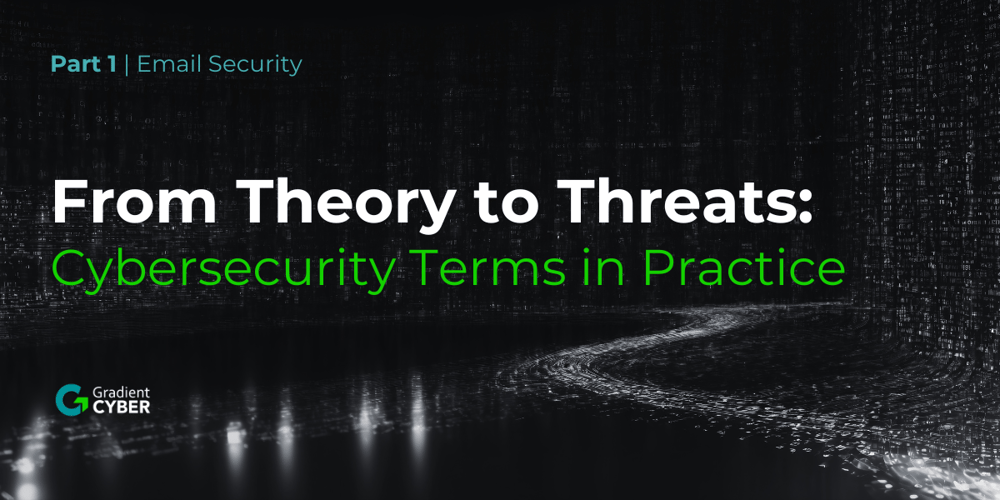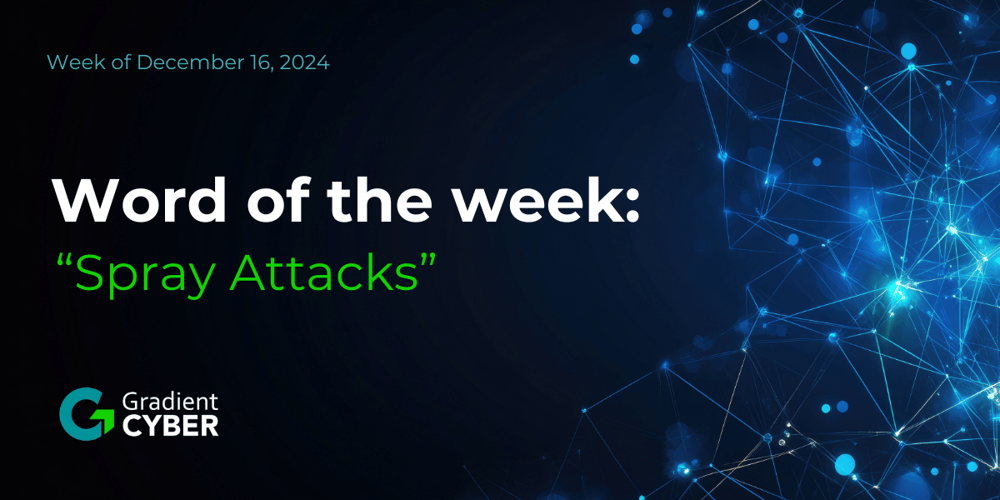Cybercriminals don’t need advanced hacking skills to breach your defenses—they just need an email. Phishing and spoofing attacks continue to be among the biggest cybersecurity threats, and the easiest way in is through an inbox. Without the right protections, attackers can impersonate your domain, trick your employees or customers, and deploy malware with a single click.
That’s why DMARC (Domain-based Message Authentication, Reporting, and Conformance) is critical. If your organization isn’t enforcing a strict DMARC policy, you’re giving attackers an open door to exploit your brand and infrastructure.
Let’s break down why DMARC matters, how it works, and what you can do to strengthen your email security.
What Is DMARC and How Does It Work?
DMARC is an email authentication protocol that prevents cybercriminals from sending emails that appear to come from your domain. It builds on two existing email security mechanisms:
- SPF (Sender Policy Framework)
Determines which mail servers are authorized to send emails on behalf of your domain. - DKIM (DomainKeys Identified Mail)
Uses cryptographic signatures to ensure email integrity and confirm that messages aren’t altered in transit.
DMARC adds another layer of verification, ensuring that only legitimate senders can use your domain. It also provides reporting and policy enforcement, so you can monitor misuse and take action against unauthorized email activity.
Why DMARC Is Non-Negotiable for Security
- Phishing is the #1 attack vector
Business email compromise (BEC) and phishing scams cost businesses billions every year. - Spoofed emails look legitimate
Attackers exploit brands, employees, and vendors to steal credentials or distribute malware. - Lack of DMARC = No protection
Without it, cybercriminals can send fraudulent emails using your domain, damaging trust and security.
DMARC prevents spoofing by telling receiving mail servers what to do with messages that fail authentication. The stricter your DMARC policy, the less likely fraudulent emails will ever reach inboxes.
DMARC Policies Explained:
p=none– Just monitors email activity; does not block spoofed emails.p=quarantine– Suspicious emails are sent to spam or junk folders.p=reject– The strongest setting; blocks unauthorized emails completely.
If your organization is still using p=none, it’s time to rethink your email security strategy.
How to Strengthen Your DMARC Implementation
- Move to a strict DMARC policy (p=reject or p=quarantine).
Don’t just monitor—block fraudulent emails from reaching users - Use Brand Indicators for Message Identification (BIMI)
BIMI adds verified brand logos to emails, boosting trust and visibility while strengthening security. - Regularly monitor DMARC reports
DMARC provides valuable insight into who is sending email on your behalf. Analyzing these reports helps detect unauthorized usage and adjust policies as needed. - Enforce SPF and DKIM correctly
Make sure SPF records aren’t overly permissive, and DKIM signatures are properly configured to verify email integrity.
Emerging Threats: Why Email Security Is More Important Than Ever
Threat actors are constantly evolving their email-based attacks. Recent campaigns and vulnerabilities highlight why DMARC is a must-have:
- eBook Phishing Campaign
Attackers impersonate book distributors, embedding malware in downloads. - Sign1 & Downloader Malware
Malicious attachments in phishing emails steal credentials and sensitive data.
- Microsoft Outlook Improper Input Validation (CVE-2024-21413)
- Palo Alto PAN-OS Authentication Bypass (CVE-2024-0012)
- Sophos XG Firewall Buffer Overflow (CVE-2020-15069)
Email is still the most popular way for cybercriminals to launch attacks. Weak authentication measures leave businesses exposed.
The Bottom Line: Secure Your Email Before Attackers Exploit It
Without DMARC, SPF, and DKIM, your domain is vulnerable to impersonation. And without a strict DMARC policy, you’re leaving security to chance.
📌 Take action now—don’t wait for an attack to force your hand.





